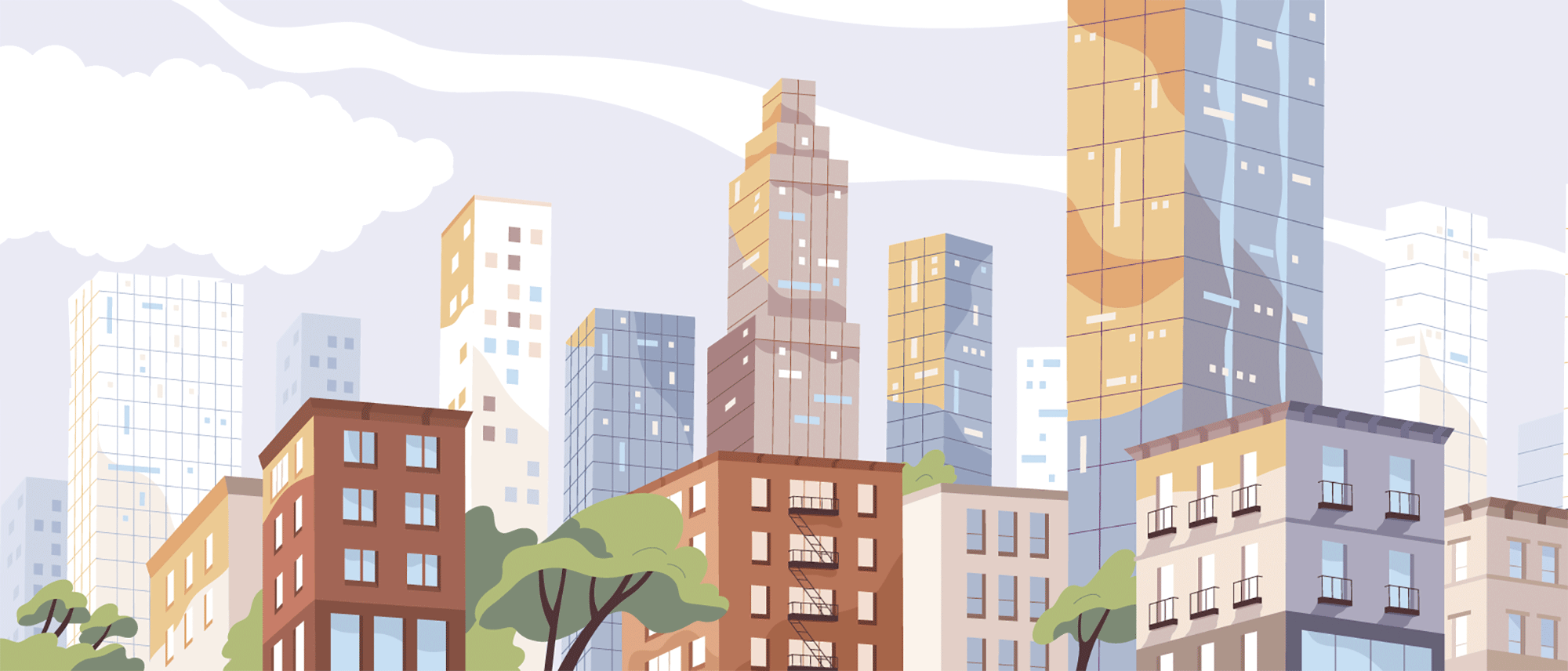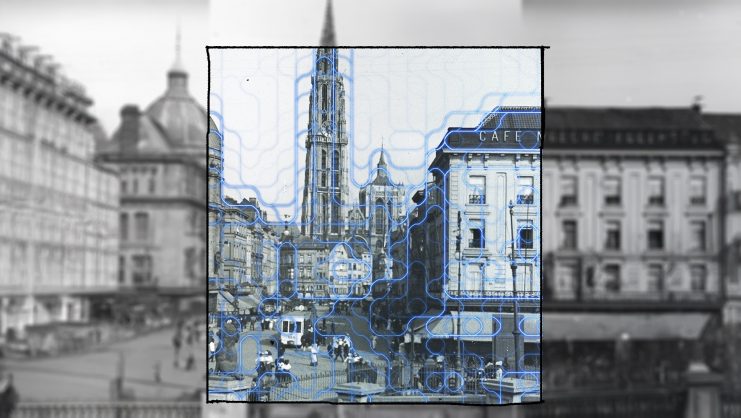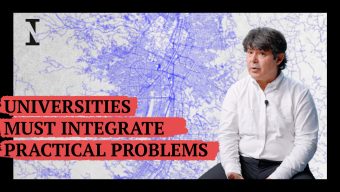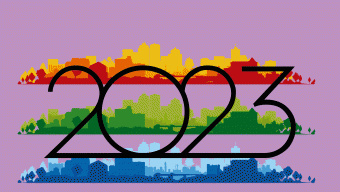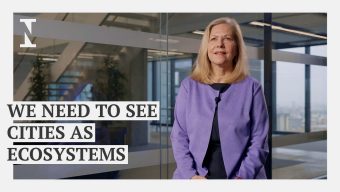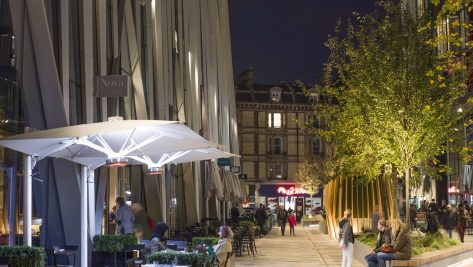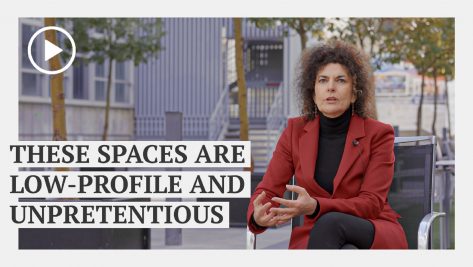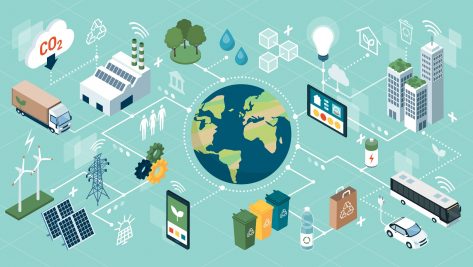What a difference two years makes. You need look no further than our vocabulary. Last year, Spain’s FundéuRAE (The Foundation of Emerging Spanish) chose the word “vaccine” as the word of the year. In 2020, it was “lockdown.” Just two years ago, the word of the year was “emojis” – and how blithe and carefree that choice seems in comparison.
Last November, when a significant percentage of the world’s population had already been vaccinated, many of us were fairly confident that the end of 2021 would be a time for celebration. Then Omicron made its star appearance. So, even though we might have had big plans for 2022, we have wearily ambled into the new year. Eager to distance ourselves from the individual responsibility that our governments have placed on us, we have become further divorced from reality and this is, ironically, the perfect breeding ground for synthetic realities, particularly in the era of deepfakes when the gap between the real and the virtual is minimal. On top of this, we are dealing with a variety of unknowns, ranging from the repercussions of the climate crisis and the impact of rising inflation to what attending school or work means these days.
Despite all this, there are some knowns. For more than a decade, people have been migrating towards cities and, according to the UN, 68% of the world’s population is expected to reside in urban areas by 2050. So, let us consider the issue the five key issues shaping the daily urban experience, and how they will impact us in 2022:
1. The office as a community
Recently we have been witness to what Anthony Klotz coined “the great resignation” in which record numbers of people are voluntarily leaving their jobs. This, coupled with moves to encourage a four-day workweek and the mainstreaming of teleworking 2-4 days out of the week, has reshaped the definition of people’s time. It has also transformed the way we view the office and has turned it into a symbolic space where one goes primarily to recharge and to interact with coworkers, clients, and suppliers. In essence, the physical office serves to acknowledge the fact that we function as part of a network and depend on the existence of social interactions. In the future of work, the office will become even more of a facilitator of belonging as we may shift from central headquarters to mini-hubs in multiple locations.
2. Zero-energy district
Approximately 70% of the world’s cities are already facing the consequences of climate change, and nearly all of them are at risk. Since the 2015 Paris Agreement, there has been a concerted effort to reduce carbon emissions in cities, which produce three-quarters of greenhouse gas emissions and consume two-thirds of all energy. The focus of these efforts is now on an urban-district scale, rather than at a city level, building on the principle of nearly zero-energy buildings. What’s key about this approach is that it enables collaborative solutions and bottom-up measures that must be supplemented by increased citizen awareness and consistent responsible consumption. This is in contrast to initiatives at the city scale, which attempt to adapt to climate change laws that often include, for example, low-emission zones accessed only by certain vehicles in a very limited area (in Madrid, for example, resident and zero-emission vehicles.) Moving towards zero-energy districts champions the so-called “15-minute city,” where everything of importance to the citizen – school, work, stores etc. – is all within 15-minutes’ walking or cycling distance. It is a return to the local way of life.
3. Everything as a service
Just as technological business models have moved from a product approach to one of service and solutions, the so-called X-as-a-Service (XaaS) refers to the idea that everything can be delivered as a service and paid for according to a flexible consumption model, rather than through a license. While this shift from ownership to the provision of services affords a certain freedom, independence, and flexibility, it does require a vigilant and active civil society. It is no longer so much about buying a car but getting from point A to point B. Mobility as a service, security as a service, or even light as a service – as is the case at Amsterdam’s Schiphol airport – are all models that cities have been offering to their citizens for some time now. Its potential will only grow in 2022, with a continued positive impact on sustainability.
AI systems can learn from our digital behavior, biometrics, and personal data in order to improve urban services, but citizens are still wary of their use.
4. Distrust of algorithms
Ultimately, do we know what is real and what is not? In late 2020, we saw a deepfake of Donald Trump dressed in a Christmas sweater, sulking as he read a reindeer story with a political twist to mirror his defeat in the U.S. election and his botched attempts to cling to power. We all thought it was incredibly funny, though the truth behind it was actually much more disturbing. Algorithms use an initial set of data gathered from: people, voices, photos, objects, movements, videos, text, and other types of media in order to generate an output deemed realistic. and from this, they generate a realistic output. Yes, artificial intelligence systems can learn from our digital behavior, biometrics, and personal data in order to improve urban services, but citizens are still wary of their use. Somerville, Massachusetts, for example, banned face surveillance technology by the municipal authorities in 2019 because people did not how the collected data was being analyzed and what decisions were being made with it. Boston and other cities in the state soon followed. One of the more notorious examples of distrust in this regard occurred in Toronto with Google’s parent company Alphabet having to pull the plug on its smart city project due to opposition over data privacy issues.
5. Synthetic, permanently antagonistic realities
During the pandemic, the virtual world helped us stay connected, it has also contributed to a false sense of connectedness. The potential for immersion only increases with glasses, helmets, and other gadgets, as does our ability to disappear into a world other than IRL (in real life) without our life seeming to lose one iota of intensity. Yet, more and more people are feeling lonely and isolated. It is into this environment that the democratization of Meta enters – which needs regulation – and offers us the opportunities of the metaverse, that virtual reality space in which users can interact and payments are made with cryptocurrencies. In fact, these payments are becoming mainstream, and numerous crypto ATMs and bitcoin kiosks have already popped up in different cities – in Spain’s island resort city Palma de Majorca there are 15, Vienna is home to 70, and Los Angeles boasts more than 1,000. Last December, the capital of South Korea became the first city to develop its five-year plan in the metaverse. Up to now, we have seen avatars giving information as part of a municipal public service, but in 2023 there will be a Seoul for its first metaverse tourists.
These are the five issues that will be part of our urban lives throughout 2022. Our built environments – both in the physical and digital sense – do shape us and our future – but we have a hand in shaping them too. What we must remember is that we are not only the inhabitants of our urban areas but the creators and we can help them evolve in a way that is a service to our communities and guides society towards a more sustainable future.
© IE Insights.



